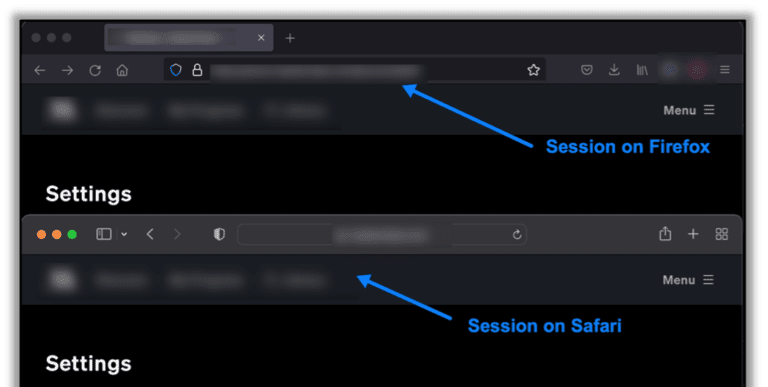Why We Take Simultaneous Sessions Seriously on Penetration Tests
Raxis Lead Penetration Tester Matt Dunn explains why you simultaneous sessions is a significant finding on a penetration test.

Raxis Lead Penetration Tester Matt Dunn explains why you simultaneous sessions is a significant finding on a penetration test.